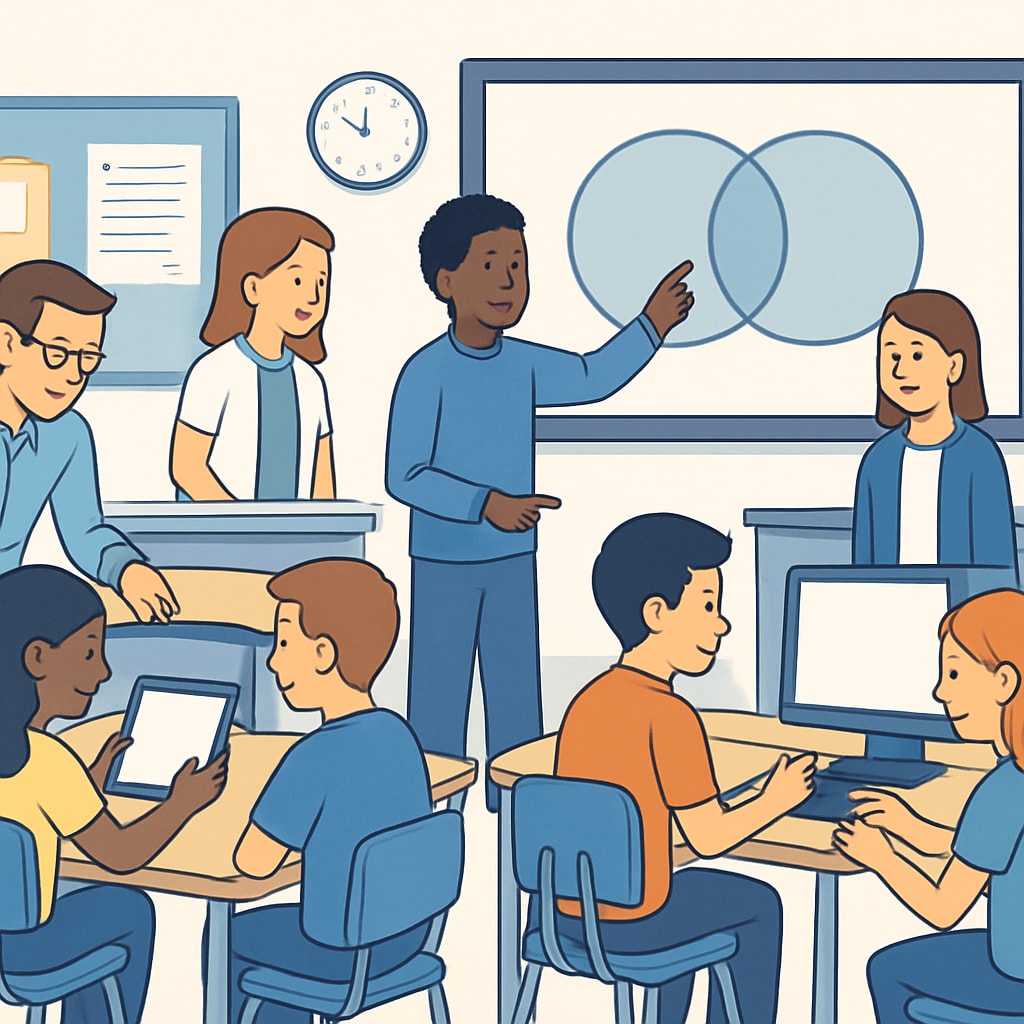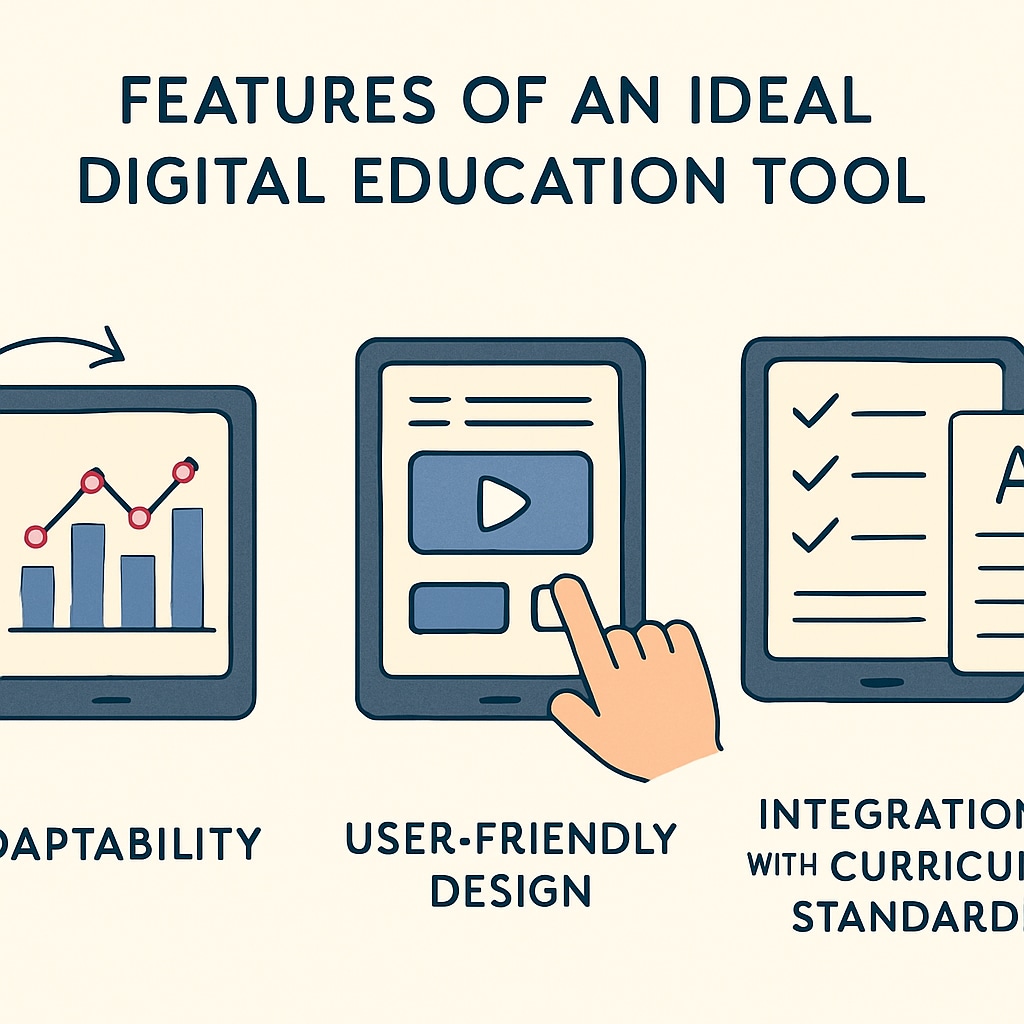Daily challenges in education, tool limitations, and the urgent need for innovative solutions are reshaping how we approach K12 classrooms. Both teachers and students face persistent hurdles, ranging from time management and individual learning needs to a lack of resources tailored to real-world classrooms. Despite the rise of digital tools, many fail to bridge the gap between theoretical capabilities and practical applications.

Understanding the Everyday Challenges in K12 Education
Education problems in K12 classrooms are multifaceted. Teachers often juggle large class sizes, diverse student abilities, and administrative burdens, while students struggle with varying learning paces and engagement levels. As a result, the classroom environment can become strained, limiting the effectiveness of instruction.
For example, teachers frequently cite a lack of personalized tools to address individual student needs. Standardized approaches often fail to cater to students who require more tailored support, particularly in subjects like math, science, and language arts.
- Time constraints in lesson planning and grading.
- Difficulty adapting to diverse learning styles within a single classroom.
- Limited access to resources for interactive and engaging learning experiences.
As these challenges persist, the demand for effective digital tools grows but remains unmet in many cases. Educational technology is an evolving field, yet adoption barriers and tool limitations hold back its full potential.
Why Current Tools Fall Short
Despite the influx of educational apps and platforms, many tools fail due to overgeneralization and lack of integration with daily classroom activities. Generic tools often lack the flexibility to adapt to specific teaching styles or curricula, leaving educators frustrated and students underwhelmed.
Furthermore, usability remains a pressing issue. Teachers report that the time required to learn and deploy new tools often outweighs their benefits. This discourages adoption, particularly in schools with limited technical support.
- Complex interfaces that require extensive training.
- Incompatibility with existing educational frameworks.
- Limited scalability for diverse classroom sizes and needs.
For example, platforms designed for interactive learning might not align with the strict schedules or standardized testing requirements that dominate K12 education. As a result, innovation often fails to deliver in practical scenarios.

Innovative Solutions for Real-World Classrooms
To overcome these hurdles, future tools must prioritize simplicity, adaptability, and direct alignment with classroom needs. Teachers need solutions that streamline administrative tasks, provide actionable insights into student progress, and foster collaboration between students and educators.
Key features of innovative tools might include:
- Customizable lesson templates that save time and effort.
- Real-time analytics to monitor and adjust student progress.
- Interactive modules that cater to different learning styles.
For example, AI-driven platforms could offer personalized learning recommendations based on individual student data, enabling teachers to focus on instruction rather than data analysis. Gamification elements could also boost student engagement, turning challenging topics into enjoyable learning experiences.
Learn more about education innovations that are paving the way for smarter classrooms.
Ultimately, bridging the gap between technology and education requires collaboration between educators, developers, and policymakers. By addressing the daily challenges faced by teachers and students, we can create tools that genuinely transform the learning experience.
Readability guidance: Keep paragraphs concise and use lists to summarize key points. Ensure smooth transitions between sections with connectors such as “therefore,” “in addition,” and “as a result.” Avoid excessive technical jargon to maintain accessibility for a broad audience.


